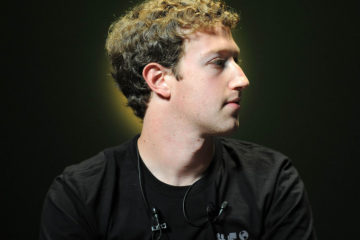Why Isn’t Twitter Paying More Attention to Its Black Users?

©2015 Bloomberg News
NQQA2F6KLVR9
(Bloomberg Business) — Tristan Walker, a prominent black entrepreneur in Silicon Valley, logged onto Twitter after putting his kids to bed last night and found that the BET Awards were dominating his feed. The Black Entertainment Television program had also captured several slots on Twitter’s list of trending topics. However, the event wasn’t getting the kind of special treatment Twitter has given to other award shows such as the Grammys and Country Music Awards. The company “should pay attention,” Walker tweeted, rekindling a conversation about the lack of diversity in technology.
Twitter wasn’t exactly ignoring the BET Awards. The company has been working with the event’s organizers over the past several years. For this year’s show, Twitter staff spent time training them on behind-the-scenes broadcasting from the company’s Periscope app, provided a back-stage selfie camera, and published a blog post with highlights from the show. BET was paying Twitter to advertise on its Trends list and for some of the tweets related to it. Competing social network Snapchat was promoting a live story for the BET Awards on June 28, featuring a stream of pictures and video from attendees and fans.
Walker says Twitter could do more if they paid attention, on a larger scale, to the activity of the black community on its network. If more black people were building features or striking partnerships at Twitter, perhaps they’d have a great idea, says Walker, a onetime Twitter intern whose current startup sells online memberships for health and beauty products catered to minorities. “There’s something missing, an acknowledgement,” he says. “I’ve never seen an explicit call-out to the influence of this demographic on the service.”
According to a 2014 Pew Research Center study, 40 percent of black 18- to 29-year-old Internet users in the U.S. are active on Twitter, compared with 28 percent of white Internet users in the same group. Meanwhile, only 2 percent of Twitter’s workforce is black, according to the company’s diversity statistics. “Why aren’t platforms embracing this demographic group a hell of a lot more?” Walker asks. Twitter declined to comment.
The company does have an employee group, Blackbirds, that’s designed to “empower employees of color at Twitter and advocate for community enrichment.” And Twitter, like other technology companies, is starting to recruit more heavily from historically black colleges and universities. However, like other Silicon Valley companies, Twitter is building a product that’s meant for all audiences but designed by a mostly male and mostly white workforce.
To contact the author on this story: Sarah Frier at sfrier1@bloomberg.net To contact the editor on this story: Mark Milian at mmilian@bloomberg.net







No Comment